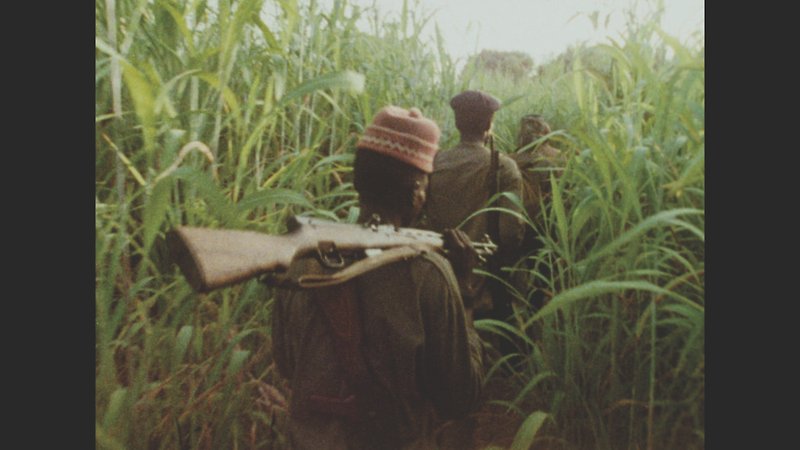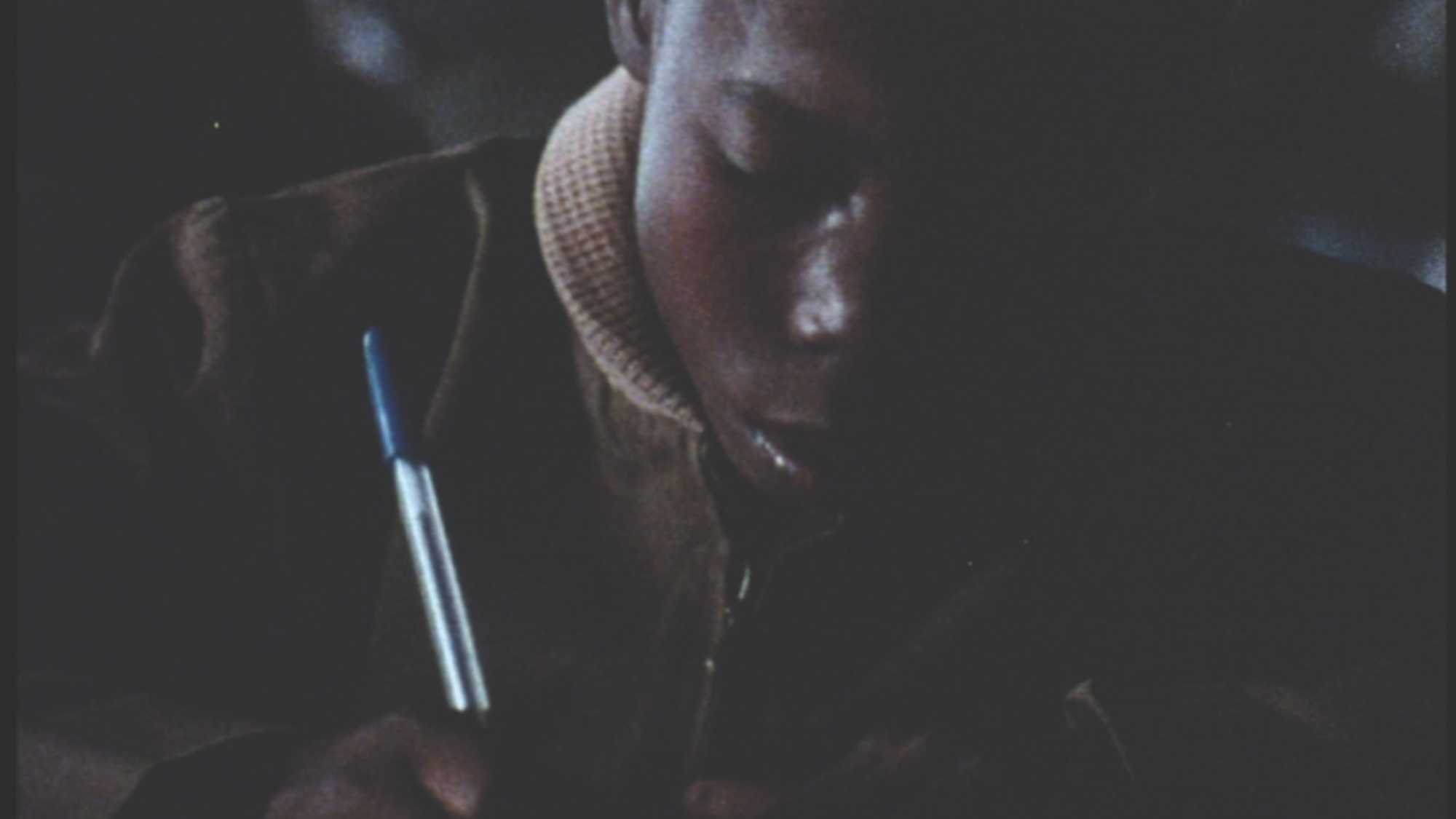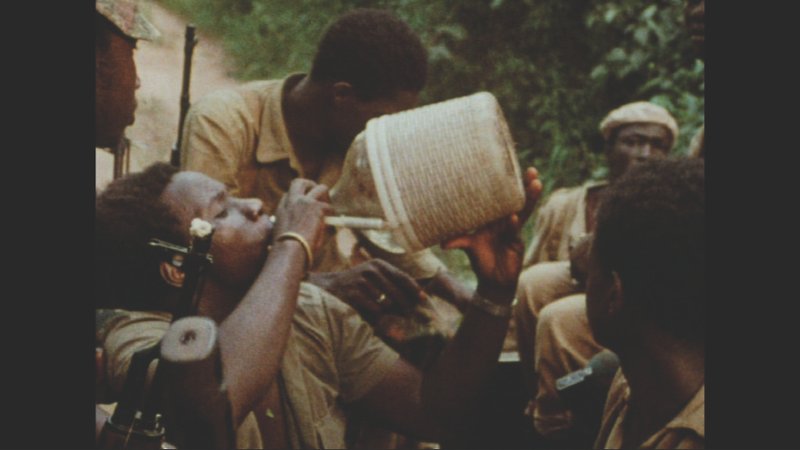This powerful documentary draws on rarely seen interviews and action footage from African liberation struggles of the 60s and 70s to offer fresh insight into the nature and enduring legacy of colonialism.



This intelligent and provocative film cleverly weaves archival footage into an at times searing treatise on the terrible impact of colonialism.
Screened as part of NZIFF 2014
Concerning Violence 2014
Drawing on a trove of startling interviews and long unseen vérité footage shot by Swedish TV documentary crews (as in 2012’s The Black Power Mixtape), director Göran Hugo Olsson takes us into the thick of armed African liberation struggles in the 60s and 70s. We accompany an Angolan jungle night raid, observe the back and forth of a Liberian miners’ strike, meet sneering white Rhodesians – and an idealistic, conciliatory Robert Mugabe. Apt commentary is drawn from Frantz Fanon’s 1961 text The Wretched of the Earth, long banned in France for its precise analysis of colonialist violence and the greater violence needed to overthrow it.
“Among many highlights, the sequence featuring interviews with the Mozambique Liberation Front stands out because we get to hear directly from the mouth of the resistance. The most recent footage dates from 1987, but throughout the viewer is invited to draw their own connections between the onscreen images and today’s geopolitical situation. To be immersed in the film is a consistently stimulating intellectual experience...
Singer Lauryn Hill punches out Fanon’s words in a voiceover narration of rich, sonorous authority. As if to double up on the force of Fanon’s already astringent words, the text is often simultaneously printed onscreen. It’s an artistic choice that somehow avoids feeling overly didactic and, according to Olsson, was influenced by such diverse sources as Jean-Luc Godard and the music video for Prince’s 1987 song ‘Sign o’ the Times.’” — Ashley Clark, Sight & Sound